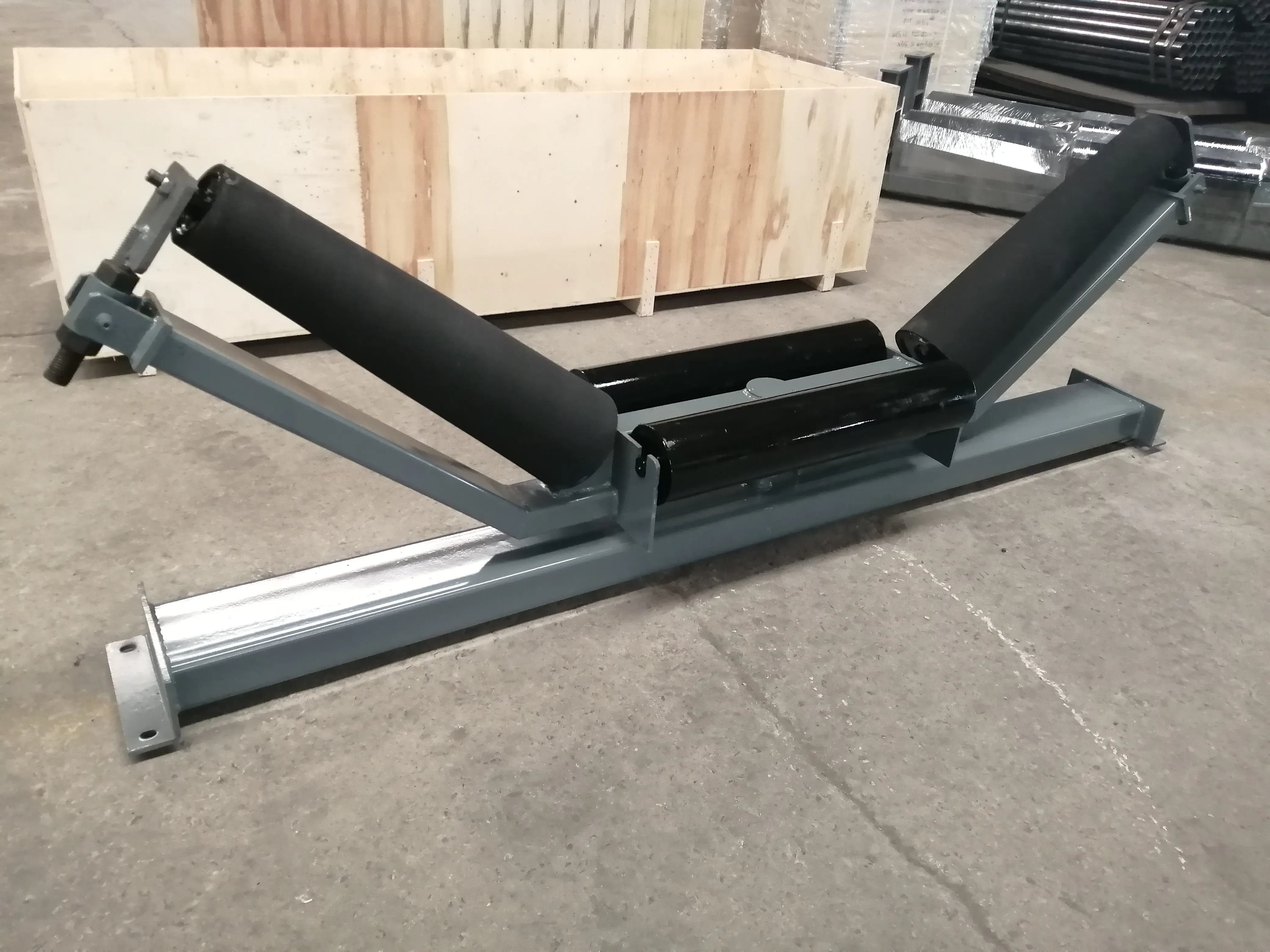 Afrikaans
Afrikaans  Albanian
Albanian  Amharic
Amharic  Arabic
Arabic  Armenian
Armenian  Azerbaijani
Azerbaijani  Basque
Basque  Belarusian
Belarusian  Bengali
Bengali  Bosnian
Bosnian  Bulgarian
Bulgarian  Catalan
Catalan  Cebuano
Cebuano  Corsican
Corsican  Croatian
Croatian  Czech
Czech  Danish
Danish  Dutch
Dutch  English
English  Esperanto
Esperanto  Estonian
Estonian  Finnish
Finnish  French
French  Frisian
Frisian  Galician
Galician  Georgian
Georgian  German
German  Greek
Greek  Gujarati
Gujarati  Haitian Creole
Haitian Creole  hausa
hausa  hawaiian
hawaiian  Hebrew
Hebrew  Hindi
Hindi  Miao
Miao  Hungarian
Hungarian  Icelandic
Icelandic  igbo
igbo  Indonesian
Indonesian  irish
irish  Italian
Italian  Japanese
Japanese  Javanese
Javanese  Kannada
Kannada  kazakh
kazakh  Khmer
Khmer  Rwandese
Rwandese  Korean
Korean  Kurdish
Kurdish  Kyrgyz
Kyrgyz  Lao
Lao  Latin
Latin  Latvian
Latvian  Lithuanian
Lithuanian  Luxembourgish
Luxembourgish  Macedonian
Macedonian  Malgashi
Malgashi  Malay
Malay  Malayalam
Malayalam  Maltese
Maltese  Maori
Maori  Marathi
Marathi  Mongolian
Mongolian  Myanmar
Myanmar  Nepali
Nepali  Norwegian
Norwegian  Norwegian
Norwegian  Occitan
Occitan  Pashto
Pashto  Persian
Persian  Polish
Polish  Portuguese
Portuguese  Punjabi
Punjabi  Romanian
Romanian  Russian
Russian  Samoan
Samoan  Scottish Gaelic
Scottish Gaelic  Serbian
Serbian  Sesotho
Sesotho  Shona
Shona  Sindhi
Sindhi  Sinhala
Sinhala  Slovak
Slovak  Slovenian
Slovenian  Somali
Somali  Spanish
Spanish  Sundanese
Sundanese  Swahili
Swahili  Swedish
Swedish  Tagalog
Tagalog  Tajik
Tajik  Tamil
Tamil  Tatar
Tatar  Telugu
Telugu  Thai
Thai  Turkish
Turkish  Turkmen
Turkmen  Ukrainian
Ukrainian  Urdu
Urdu  Uighur
Uighur  Uzbek
Uzbek  Vietnamese
Vietnamese  Welsh
Welsh  Bantu
Bantu  Yiddish
Yiddish  Yoruba
Yoruba  Zulu
Zulu ceramic pulley lagging
Understanding Ceramic Pulley Lagging and Its Benefits in Industrial Applications
In the realm of industrial machinery, efficiency and performance are paramount. One of the critical components that can enhance the functionality of conveyor systems is the pulley, which plays a crucial role in the movement of materials. To optimize the performance of these pulleys, many industries are turning to ceramic pulley lagging as a viable solution. This article delves into what ceramic pulley lagging is, its benefits, and its applications in various sectors.
What is Ceramic Pulley Lagging?
Ceramic pulley lagging refers to the application of ceramic tiles onto the surface of a pulley drum. This is typically done to improve grip and prevent slippage between the pulley and the conveyor belt. The lagging is made from high-quality rubber or polymer that incorporates ceramic particles, greatly enhancing the durability and efficiency of the pulley. This innovative solution is especially relevant in heavy-duty industrial applications where the demands on equipment are high.
Benefits of Ceramic Pulley Lagging
1. Enhanced Traction and Control The primary advantage of using ceramic pulley lagging is its superior traction. The ceramic tiles provide a rough surface that increases friction between the pulley and the conveyor belt. This enhanced grip helps in reducing slippage, ensuring that materials are efficiently transported without interruptions.
2. Durability and Longevity Ceramic materials are known for their resilience and wear resistance. By incorporating ceramics into pulley lagging, industries can significantly extend the lifespan of their equipment. This durability translates to lower maintenance costs and fewer replacements, which is particularly beneficial in high-volume manufacturing environments.
3. Cost Efficiency While the initial investment in ceramic pulley lagging may be higher compared to other lagging materials, the long-term cost benefits are undeniable. With reduced wear and tear on both the pulleys and the conveyor belts, companies can experience savings through decreased downtime and maintenance costs.
4. Resistance to Environmental Factors Ceramic pulley lagging is resistant to various environmental challenges, including heat, moisture, and chemicals. This makes it suitable for diverse industrial settings, from mining and quarrying to food processing and packaging. A reliable lagging solution ensures operational efficiency even in harsh environments.
5. Reduced Noise Levels The use of ceramic pulley lagging can also contribute to a quieter operational environment. The material helps to dampen vibrations that can lead to noise pollution, creating a more pleasant working atmosphere.
ceramic pulley lagging

6. Impact Resistance In many industrial applications, heavy materials can cause significant impact loading on pulleys. Ceramic lagging offers excellent impact resistance, protecting the pulleys from damage and prolonging their operational lifespan.
Applications of Ceramic Pulley Lagging
Ceramic pulley lagging finds its applications in various sectors
- Mining and Quarrying Given the rugged nature of operations in these industries, the enhanced grip and durability of ceramic lagging are invaluable. It can withstand the heavy impacts and abrasive materials commonly encountered.
- Agriculture In agricultural operations, conveyors are used to move grains, fertilizers, and other materials. Ceramic lagging enhances efficiency and reduces maintenance in these systems.
- Manufacturing In manufacturing plants where precision and reliability are crucial, ceramic lagging ensures that conveyor systems operate smoothly, contributing to overall productivity.
- Food Processing This industry requires adherence to stringent hygiene standards. Ceramic pulley lagging can be designed to meet these standards while maintaining high performance.
Conclusion
Ceramic pulley lagging represents a significant advancement in conveyor system technology. With its combination of enhanced traction, durability, cost efficiency, and environmental resistance, it offers a compelling solution for industries seeking to optimize their operational efficiency. As the demand for reliable and effective material handling solutions continues to grow, ceramic pulley lagging is positioned to play an increasingly vital role in enhancing industrial productivity. By investing in this innovative technology, companies can ensure that their conveyor systems remain robust, efficient, and capable of meeting the demands of modern industrial applications.





























